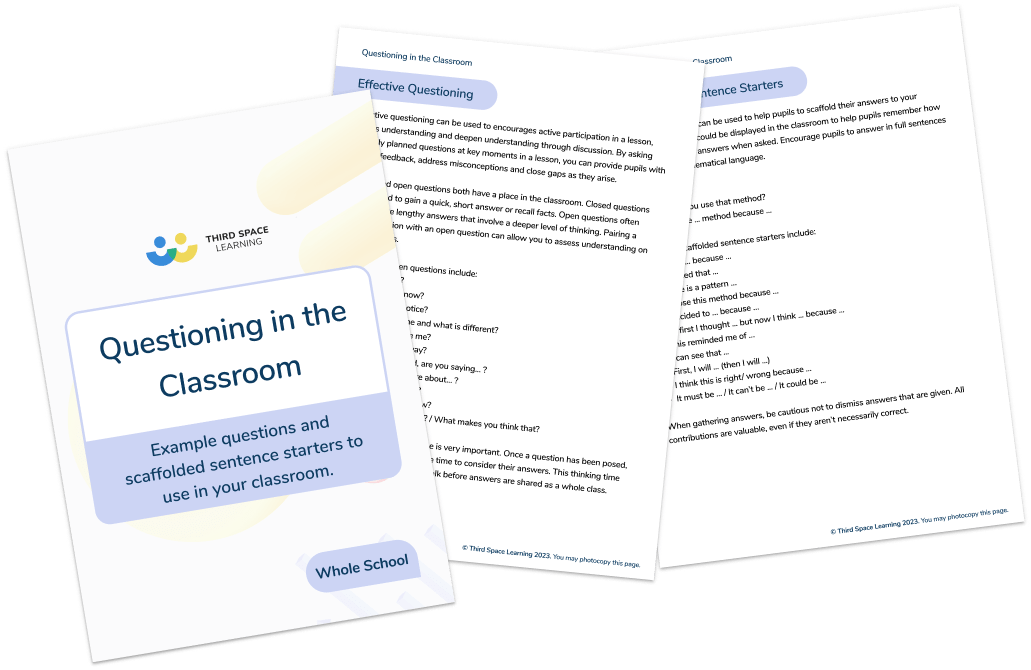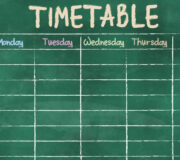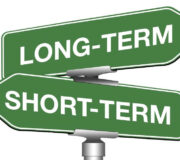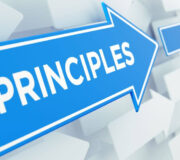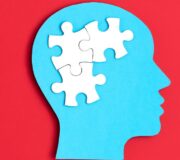Assessment For Learning: The Key To Student Progress
Assessment for learning is widely recognised by teachers and schools as a vital tool for teaching and effective learning. Over the past few decades, it has been subject to extensive research so will not be new to many educators. However, the Education Endowment Fund found that many teachers and schools find it challenging to implement.
In this blog, we detail everything you need to know about assessment for learning for successful implementation and continued success in your classroom.
- What is assessment for learning?
- How is assessment for learning different from other forms of assessment?
- What does assessment for learning look like in the classroom?
- Assessment for learning examples
- Benefits of assessment for learning
- Limitations of assessment for learning
- Misconceptions of assessment for learning
- Assessment for Learning (AFL) FAQs
What is assessment for learning?
Assessment for learning is the use of assessment to improve learning. The purpose of assessment for learning (AFL) is to gather information about a learner’s current understanding and to close gaps between where they currently are and where they want to be.
Teachers do this by adjusting their teaching strategies, including:
- reteaching;
- providing scaffolding and support;
- addressing misconceptions;
- adding stretch and challenge.
Assessment for learning also involves teachers empowering pupils to reflect on their own learning and to understand and take the necessary steps to reach their learning goals themselves. This supports the development of students’ metacognitive strategies and helps them to take a more active role in their learning.
Over the past few decades, several researchers have investigated AFL and its impact on student achievement. This includes the work of Paul Black and Dylan Wiliam who focussed on formative assessment in the classroom in their research, “Inside The Black Box”. Another notable figure in AFL is John Hattie who recognised feedback as a strategy that brings about significant improvements in student performance, especially when feedback was about the student’s own work.
Read more: What is assessment for learning?
Questioning in the classroom
Conduct AFL through these examples of open questions and scaffolded sentence starters
Download Free Now!How is assessment for learning different from other forms of assessment?
The purpose of assessment for learning is different from assessment of learning, or summative assessment. Summative assessments are usually administered at the end of a learning period with the aim of evaluating students’ learning and include end of year tests and exams. In contrast, assessment for learning can occur at any stage of the learning process.
Assessment for learning is similar to other forms of assessment, such as formative assessment and responsive teaching. Some writers use these synonymously while others see a distinction between them. What is similar about AFL, formative assessment and responsive teaching is that they all refer to the use of assessment to guide learning, not simply to evaluate it. All emphasise the importance of effective assessment and feedback processes that help learners reach learning outcomes.
Read more: Formative and summative assessment
What does assessment for learning look like in the classroom?
Assessment for learning can take place at different stages of the learning process and with different stakeholders actively involved.
It’s important that teachers use a range of assessment for learning strategies and examples and use them at different stages of the learning process to gain greater insights into their pupils’ understanding.
Many teachers are well aware of the importance of effective questioning on student outcomes and it is no doubt an important aspect of assessment for learning. However, the most successful classrooms will use questioning among a range of other assessment for learning strategies, including:
- Direct observation
- Feedback
- Self-assessment
- Peer-assessment
- The formative use of summative assessment
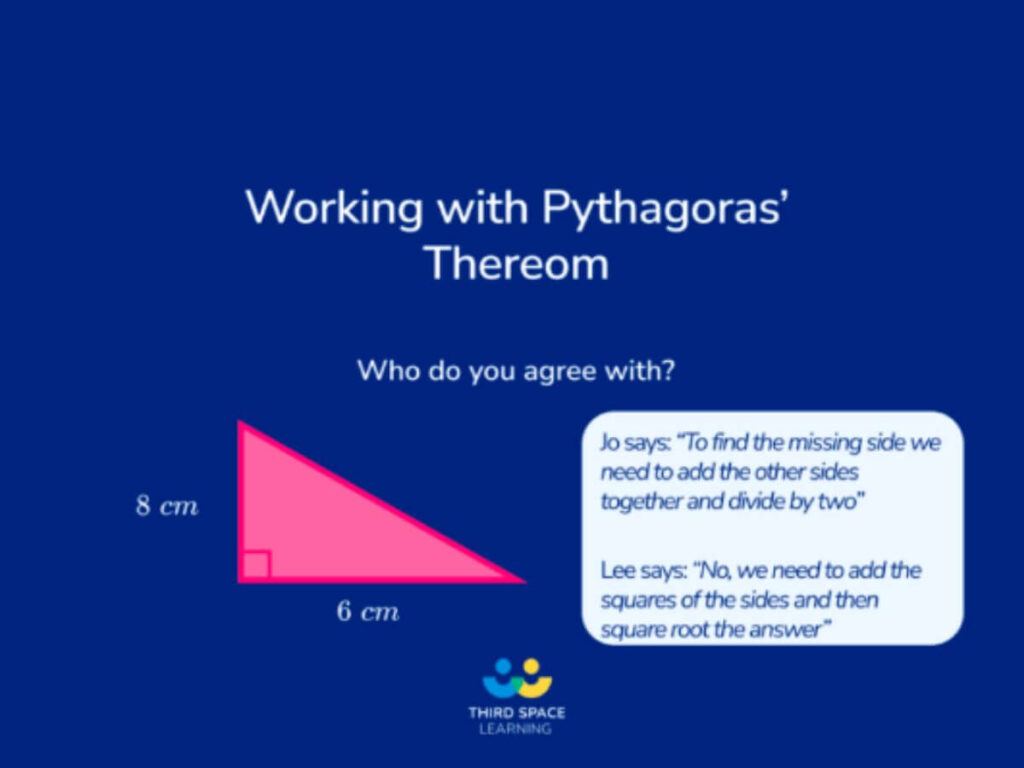
In Third Space Learning’s online one to one maths sessions, one way we use assessment for learning is through our introductory slides. These prompt students to begin expressing themselves mathematically as soon as the session begins. Tutors are able to listen, observe and question pupils to gain insights into their level of understanding and adapt and personalise their learning as a result.
There are many different ways teachers can conduct classroom assessment and it will depend on the developmental stage, needs, strengths and weaknesses of your cohort.
Assessment for learning examples
Examples of assessment for learning are apparent in every maths lesson; the most effective tend to be teacher led, but there is also be place for peer and self assessment.
We’ve summarised the most commonly used 25 assessment for learning examples for your classroom in another article. Examples include
- Questioning
- Class quizzes
- Think pair share
- Mini whiteboards
- Admit and exit tickets
Whichever assessment tool you use for AFL, it is important that it is carried out with purpose, and that the information gathered is used to adapt the learning experiences and opportunities that you are providing to each child. The information obtained from assessment for learning can help you understand the children’s learning and adapt to this in future lessons.
Pupils receiving online one to one maths tutoring with Third Space Learning complete an initial diagnostic assessment to establish baseline knowledge and individual gaps in the selected curriculum areas for each pupil. After each session, pupils also complete a mini-assessment to indicate how much the pupil has progressed within that topic. These further diagnose outstanding gaps and adapt the subsequent Learning Objective sequence. This ensures the tutoring pupils receive is always personalised to the pupils’ individual needs.
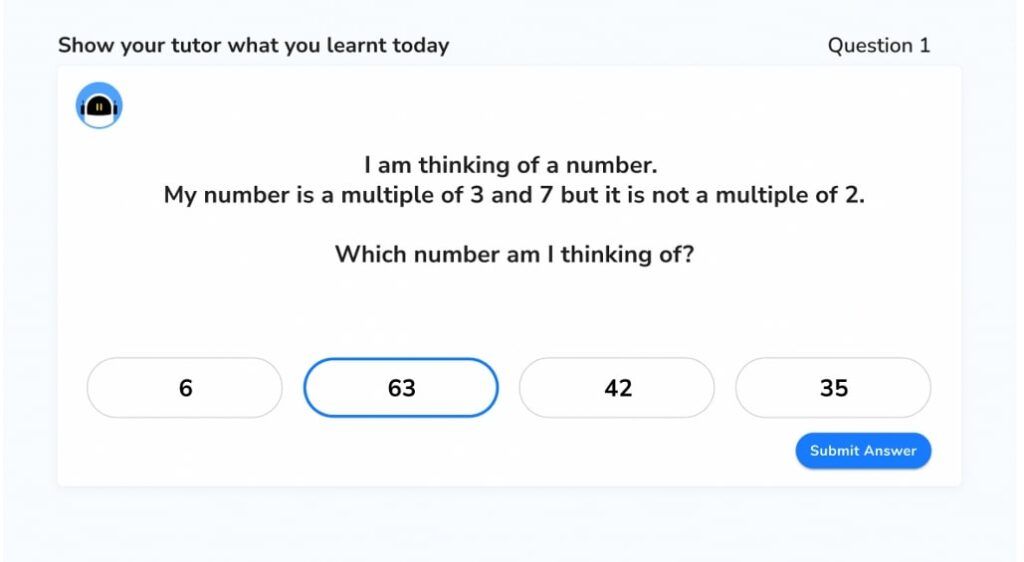
Benefits of assessment for learning
- Greater insight
Teachers can gain insights into the level of understanding across the class at any given point in the lesson. This enables teachers to address misconceptions and fill gaps as they occur.
- Deeper understanding
Observing how students cope when working alone, in pairs and in groups can provide the teacher with a wealth of information. Teachers are able to not only see the pupils responding to a task but also listen to their reasoning and discussions to gain a deeper understanding of where each child is and what misconceptions they may still have.
- Empowers pupils
Children are involved in their own learning. This greater control helps them to understand what they are aiming for and how they will go about achieving that aim, therefore ensuring they are better focused on the aims of the lesson.
- Engaging
Pupils are more involved in their learning and classroom practice. They have a clearer understanding of what they need to do to achieve success because they receive effective feedback from their teacher. This increases their motivation as they are more aware of their own progress.
The one to one nature of Third Space Learning’s online one to one maths tutoring means purposeful talk for maths is at the core of our tutoring. Pupils have their own dedicated tutor and are able to explore their understanding in a nurturing low stakes environment. It’s one of the things the schools we work with love about our programme.
Pupils are encouraged to reason, debate, explain and evaluate their thinking. Tutors facilitate this by asking open-ended, varied questions that reveal the pupils’ understanding and possible misconceptions. Tutors can then adapt the teaching and flow of the lesson in response to the pupil, ensuring a truly personalised programme.
“I really like the way that the programme can be personalised to meet the needs of the individual and that as it is 1-1 they get immediate feedback. I also like how it enables pupils to develop communication skills as well as reasoning skills as they have to talk through the problems and explain their thinking.”
Headteacher, Teesside
Limitations of assessment for learning
- Time consuming
AFL is usually carried out during lesson time and assessment activities don’t need to add to a teacher’s workload. However, it can become a time consuming task if a school requires data to be collected frequently.
It also takes time to ensure that the information collected is utilised appropriately to have a real impact on student outcomes.
- Requires training
Teachers need support to ensure they receive the appropriate training to be able to carry out assessment for learning effectively. Continued professional development needs to be ongoing to ensure all teachers within a school have the same shared understanding of what they are doing and why.
- Risks turning into mini summative assessments
Teachers need to take care to not go down the route of turning assessment for learning into mini assessments of learning. AFL should be used regularly in teaching practice through different types of assessment, taking care not to over use strategies such as mini quizzes.
- Negative impact on the effectiveness of larger accountability systems
When formative assessment is assimilated into larger accountability systems, such as National Curriculum Assessment, it can have a negative impact on the effectiveness of such systems.
With Third Space Learning’s ‘Diagnostic Programme’, pupils’ lessons are automatically selected to plug pupil’s individual gaps based on the results of each pupil’s assessment. This means one job is ticked off the teacher’s list!
However, teachers can also opt for the ‘Teacher Selection’ programme where they can select which lessons pupils will cover so that it complements whole class teaching or targets specific topics. Teachers have easy-access to all the results of the pupils’ diagnostic assessments to help inform their selection, making the process as efficient as possible.
Misconceptions of assessment for learning
- Assessment for learning is an event
Assessment for learning shouldn’t be classed as a single event, but as an on-going process which teachers are involved with throughout every lesson.
- Assessment results can discourage children
If the formative assessment is good, it keeps children believing that success is within reach and develops a growth mindset.
- Assessment for learning doesn’t result in a numerical score
It is not the score or lack of score which makes the assessment formative or summative. It is possible to have a summative assessment with qualitative descriptors and a formative assessment with numerical scores
- Multiple choice and selected response tests are always summative
How this form of assessment is used determines whether it is formative or summative, not the assessment itself.
Assessment for Learning (AFL) FAQs
What is meant by assessment for learning?
Assessment for learning is the use of assessment to improve and guide learning. It’s different from assessment of learning, also known as summative assessment, which evaluates a students’ understanding or learning at the end of a learning period.
What is an example of assessment for learning?
An example of assessment for learning is the use of mini whiteboards to quiz pupils on key concepts and ideas during a lesson. Teachers can use these to assess the understanding of their class, identify and address misconceptions and adjust their teaching to support learners.
Is assessment for learning formative or summative?
Assessment for learning is formative. This is because assessment for learning is used to improve and guide the learning journey.
DO YOU HAVE STUDENTS WHO NEED MORE SUPPORT IN MATHS?
Every week Third Space Learning’s maths specialist tutors support thousands of students across hundreds of schools with weekly maths intervention programmes designed to plug gaps and boost progress.
Since 2013 these personalised one to one lessons have helped over 150,000 primary and secondary students become more confident, able mathematicians.
Learn about the diagnostic assessment or request a personalised quote for your school to speak to us about your school’s needs and how we can help.

